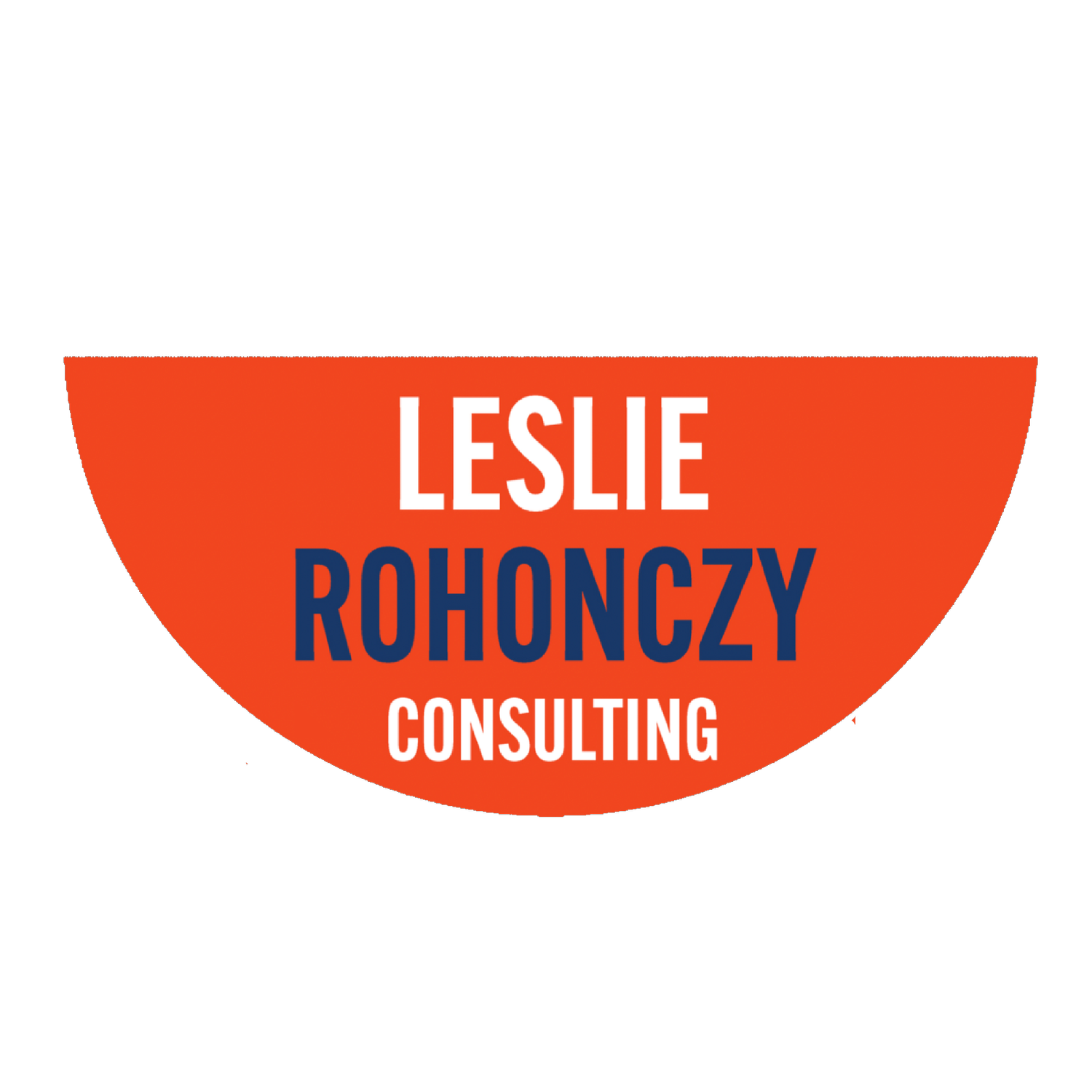By LESLIE ROHONCZY, Executive Coach (PCC), Integral Master Coach (IMC); Author of Coaching Life: Navigating Life’s Most Common Coaching Topics
PRACTICE: ‘BAG OF STONES’
When we experience overwhelm, it can feel like we’re carrying the weight of the world on our back. I wrote ‘Bag of Stones’ (see video below), as a powerful coaching practice to help us navigate our overwhelm and figure out how to lighten our load. Give this guided visualization a try, to help you identify what’s most important to you, what you no longer find useful, and what you can let go of. You’ll need a pen and your journal to answer the following questions:
Imagine you are a traveler walking along a path, and you’re wearing a large backpack. It’s uncomfortably heavy, and the longer you wear it, the more your back aches. You know it’s time to lighten your load, so you place it on the ground, open the top, and inside you discover three bags. The first one is made of the finest silk; the second is made of sturdy cotton, and the third is made of old burlap.
1. You open the silk bag and discover that it contains riches beyond your wildest dreams: diamonds, rubies, and emeralds. These precious items represent the things that are most important in your life; things that fill you up and make you feel nourished, grounded, connected, and fulfilled. For me, these are my family, my music collaboration, and my creativity. What are your treasures? Name them, and then imagine repacking each precious item one at a time, pausing to deeply feel gratitude for each one before you place it back in the silk bag. Imagine placing the silk bag back into your backpack to bring along with you.
2. You open the second bag and discover that it contains many smooth stones that have been polished by time. These represent the things that may have been useful in the past, but no longer serve you anymore. However, they may be valuable for somebody else who is not as far along the path as you are. For me, it was striving for career achievement. I’m done with this kind of striving, but it could be useful to someone at the beginning of their career who is trying to make their mark in the world. What stones are you ‘done’ with? Name them, and then visualize yourself leaving them at the side of the road to offer to another traveler. Visualize placing the empty cotton bag back in your backpack.
3. You open the burlap bag, and discover it’s full of dirty, jagged rocks that represent your limiting beliefs, bad habits, unproductive behaviors, negative or painful experiences, self-judgment, and unhealthy relationships that you don’t need to carry around anymore. These rocks just create pain that distracts you from the true treasures in your life. What do your jagged rocks represent? Name each one, and then visualize throwing them over a nearby cliff, one by one. Place the empty burlap bag back in your backpack. Then strap this lighter backpack on your back and continue your journey, feeling a sense of lightness in your body and spirit.



